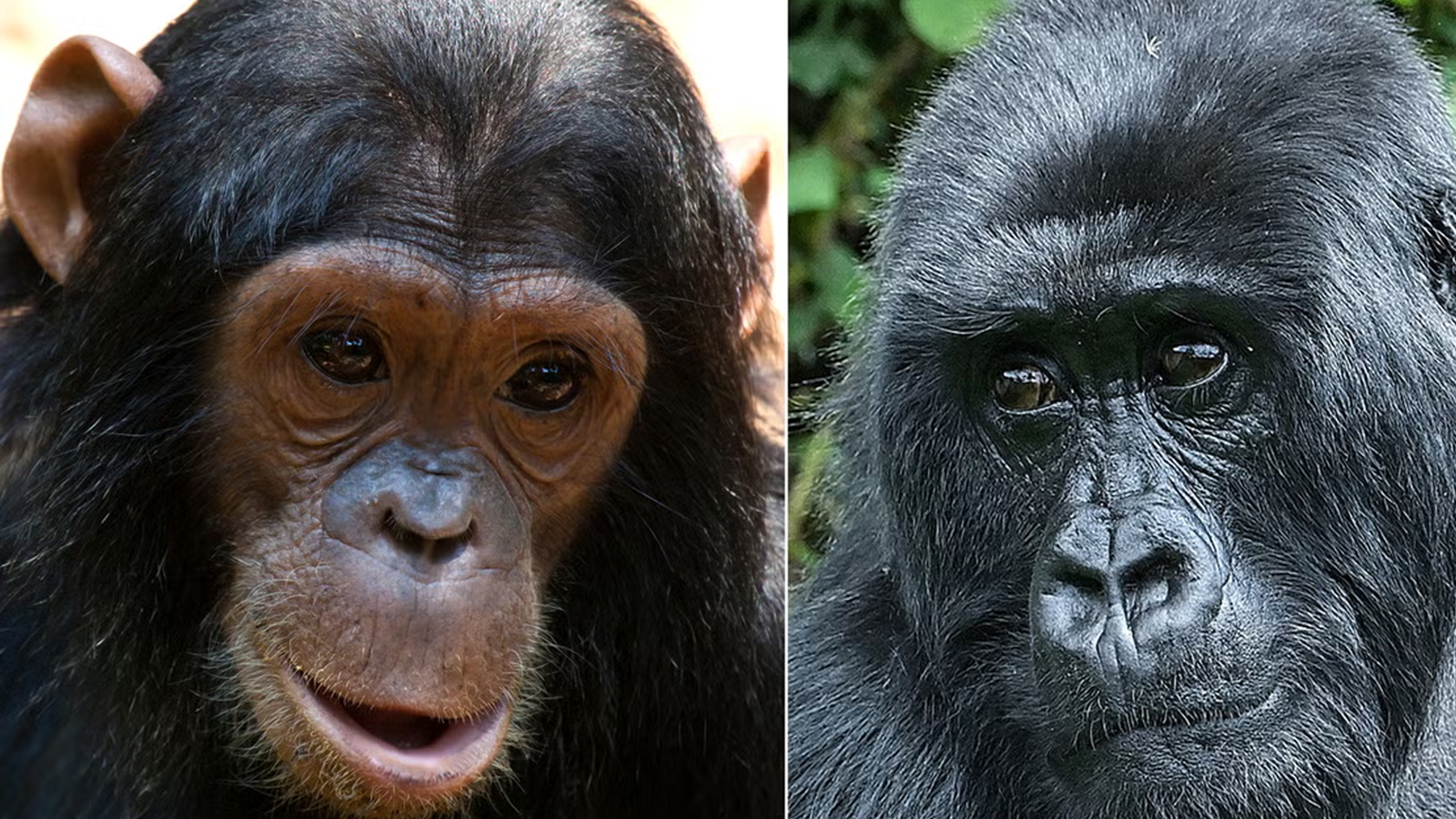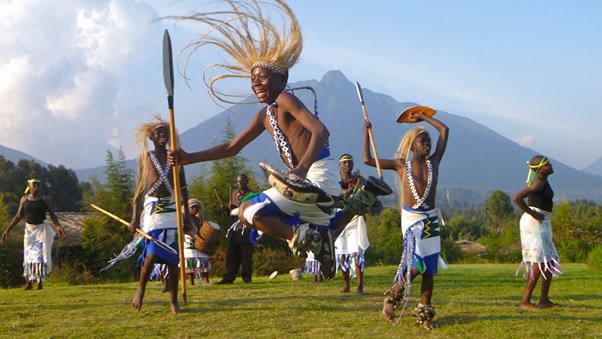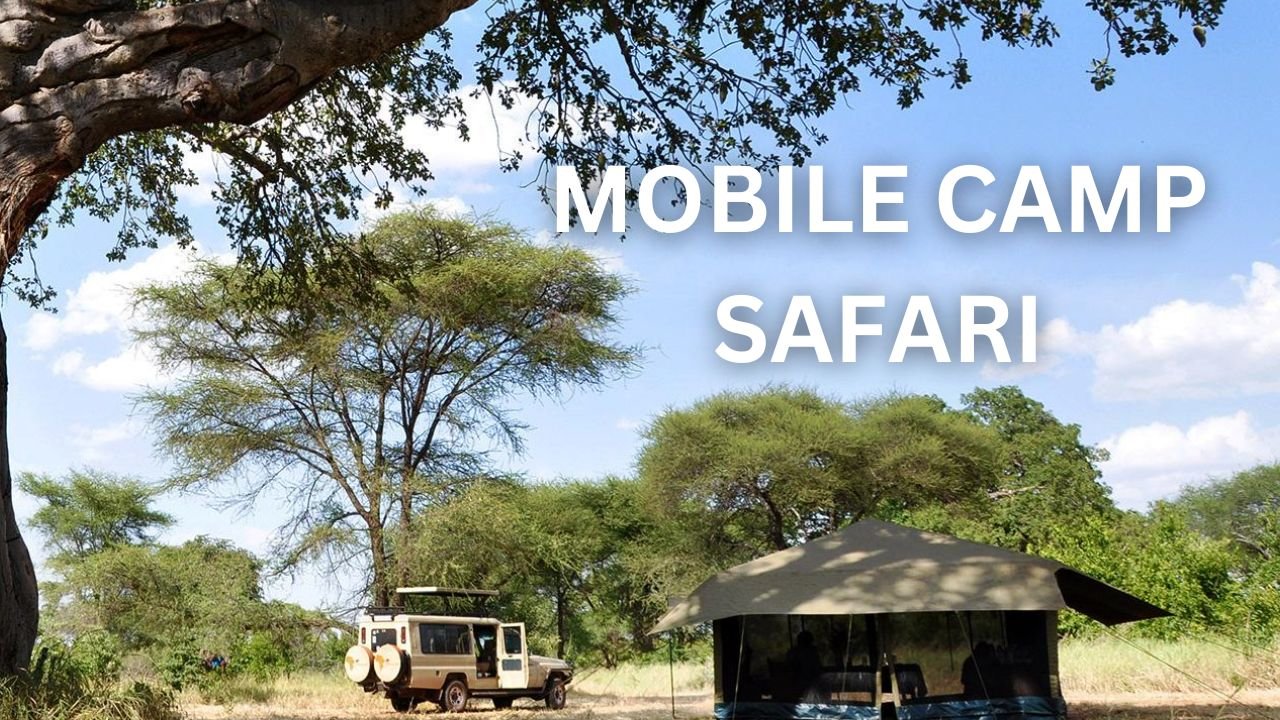Gorilla families of Bwindi Impenetrable National Park
In the lush jungles of Bwindi Impenetrable National Park, an enchanting world exists, where some of humanity’s closest relatives reside, the endangered mountain gorillas that are over 400. Within this biodiversity hotspot, several distinct gorilla families thrive, each with its own unique story and social dynamics.
- Mubare Group: The Mubare group holds a special place in the history of Bwindi’s gorilla conservation efforts. It was the first habituated gorilla family in the park, and its name is derived from the Mubare Hills where it was first encountered. Led by a dominant silverback, the group had faced challenges over the years, including the passing of its previous leader, Ruhondeza, who died at 50years in 2012. However, it demonstrated remarkable resilience as new leaders like Kanyonyi the silverback managed to step forward to guide the family through the changing landscape.
- Habinyanja Group: the gorilla group was habituated in 1997 but was first visited by tourists in 1999. Named after the “Nyanja,” meaning “a place with water” in the local language, where it was initially sighted, and the Habinyanja group is known for its complex social structure. One of the larger families in Bwindi, it boasts multiple silverbacks, including a black-back and a sub-adult male, making interactions among its members a fascinating sight for wildlife enthusiasts. Mugurisi, a silverback was the group leader. The name was derived from a local phrase which means, “old man’s teeth” Later after his death, Makara who is now the leader of the family. Now the group moves daily and this will require you more energy to trek it since it moves a lot.
- Rushegura Group: The Rushegura group is renowned for its peaceful and harmonious nature, making it a popular family for tourists to observe. It comprises multiple adult females, youngsters, and silverbacks, all living together in relative tranquillity.
- Bitukura Group: Bitukura Sector originally had 24 gorilla members but later reduced to 14 members that includes 4 silverbacks. It was named after the Bitukura River, where it was first encountered, the Bitukura group is one of the newer families in Bwindi. It is known for its playfulness, especially among the younger members, whose antics and curiosity provide endless entertainment to visitors.
- Oruzogo Group: The Oruzogo group is a relatively young family that branched off from the Habinyanja group. Formed in 2012, it quickly captured the hearts of visitors with its playful and vibrant dynamics. This family’s lively interactions and the adorable antics of the young gorillas leave an indelible mark on anyone fortunate enough to witness them.
- Kyaguriro Group: the gorilla family was first habituated in 1995. This gorilla family was set aside to be part of research by the Institute of Evolutionary Anthropology. Currently the gorilla family has 15 gorilla members that include 2 silverbacks. Despite Kyaguriro gorilla family being habituated, it is still used mainly for research.
- Nkuringo Group: Residing in the rugged Nkuringo sector of Bwindi, the Nkuringo group has adapted to the mountainous terrain, making their treks more challenging but rewarding. The group’s name, meaning “round hill,” is inspired by the area’s hilly landscape. Led by a dominant silverback, this family exemplifies strength and resilience in their natural habitat.
- Kahungye Group: Named after the Kahungye Hill, the Kahungye group represents the essence of perseverance and determination. This family was habituated in 2011 and has steadily grown in numbers, showcasing the potential of successful conservation efforts in the region.
- Busingye Group: Emerging as a splinter group from the Kahungye family, the Busingye group is led by a dominant silverback of the same name. As the group adapts to its newfound independence, it presents an exciting and evolving journey of growth and survival.


